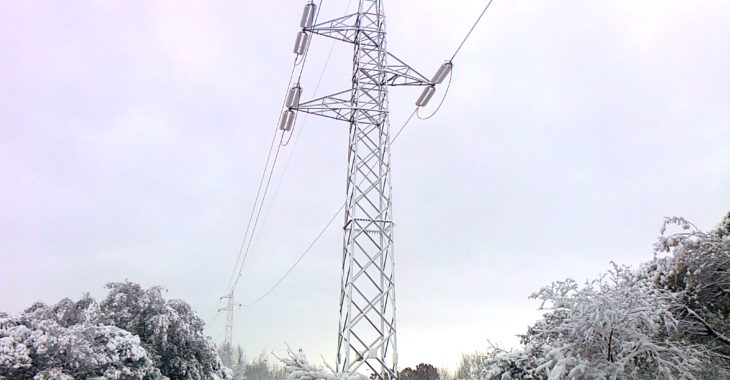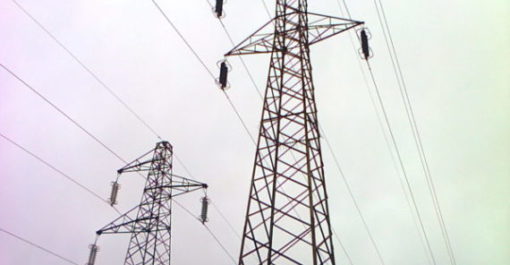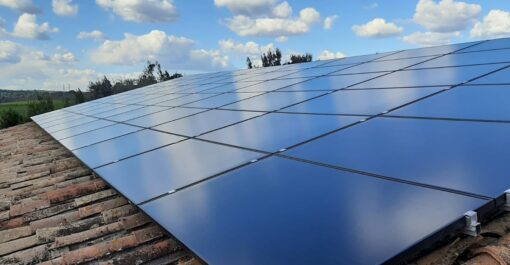Secondo quanto rilevato da Terna, società che gestisce la rete elettrica nazionale, nel mese di gennaio 2020 la domanda di elettricità in Italia è stata pari a 27,5 miliardi di kWh, in flessione del 4% rispetto allo stesso mese del 2019.
Tale risultato è stato ottenuto con un giorno lavorativo in meno (21 vs 22) e con una temperatura media mensile superiore di 1,7°C rispetto al gennaio 2019.
Il dato destagionalizzato e corretto dagli effetti di calendario e temperatura porta la variazione a -2,9 per cento.
A livello territoriale la variazione tendenziale di gennaio 2020 è risultata ovunque negativa: -3,5% al Nord, -4,7% al Centro e -4,6% al Sud.
In termini congiunturali, il valore destagionalizzato e corretto dagli effetti di calendario e temperatura dell’energia elettrica richiesta a gennaio 2020 ha fatto registrare una variazione positiva (+0,4%) rispetto al mese precedente (dicembre 2019)T, il che porta il profilo del trend su un andamento stazionario.
Nel gennaio 2020 la domanda di energia elettrica è stata soddisfatta per l’87,9% con produzione nazionale e per la quota restante (12,1%) dal saldo dell’energia scambiata con l’estero.
In dettaglio, la produzione nazionale netta (24,3 miliardi di kWh) è risultata in flessione (-6,6%) rispetto a gennaio 2019. In crescita le fonti di produzione idrica (+21,9%) e fotovoltaica (+18,1%).
In diminuzione le fonti di produzione geotermica (-1,4%), termica (-9,9%) ed eolica (-26,3%).
L’analisi dettagliata della domanda elettrica mensile provvisoria del 2019 e del 2020 è disponibile nella pubblicazione “Rapporto Mensile sul Sistema Elettrico”, consultabile alla voce “Sistema elettrico >> Dispacciamento >> Dati esercizio” del sito www.terna.it.
Electricity Consumption in Italy: -4% in January; growth in hydroelectric (+21.9%) and photovoltaic (+18.1%) production. In January 2020, according to data collected by Terna, the company that manages Italy’s national electricity grid, electricity demand in Italy stood at 27.5 billion kWh, a 4% decrease compared to December 2019.
This was achieved with one less working day (21 vs 22), and with an average monthly temperature approximately 1.7°C higher than January 2019. When adjusted for seasonal, temperature and calendar effects, the figure represents a -2.9% variation.
Looking at the regional level, the January 2020 trend was negative across the country: -3.5% in the North, -4.7% in Central Italy and -4.6% in the South.
The data for January 2020, adjusted for calendar and temperature effects, recorded an increase in electricity demand, up +0.4% compared to the previous month (December 2019). Considering this result, the general trend is stable.
In January 2020, the electricity demand was met 87.9% by national production and the remainder (12.1%) by the balance of electricity exchanged with foreign countries. More specifically, net domestic production (24.3 billion kWh) decreased (-6.6%) compared to January 2019.
On the one hand, wind (+21.9%) and photovoltaic production (+18.1%) grew, while geothermal (-1.4%), thermal (-9.9%) and wind power (-26.3%) energy production decreased.
A detailed analysis of provisional 2019 and 2020 monthly electricity demand is available in the publication “Monthly Report on the Electricity System”, under the section “Electric System>>Dispatching>>Operating Data” at www.terna.it/en








